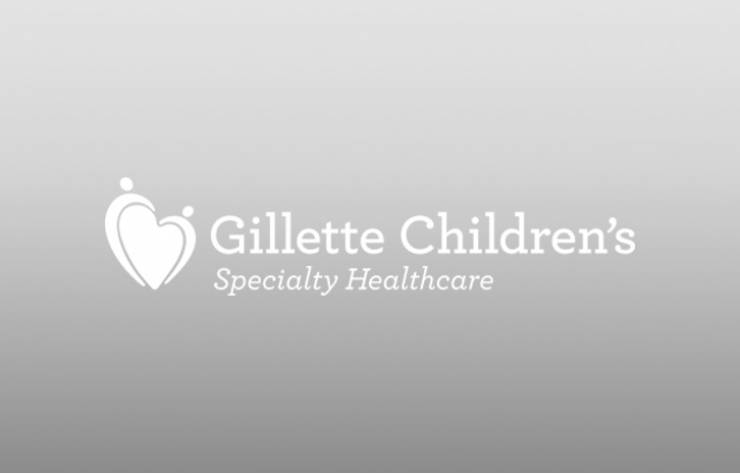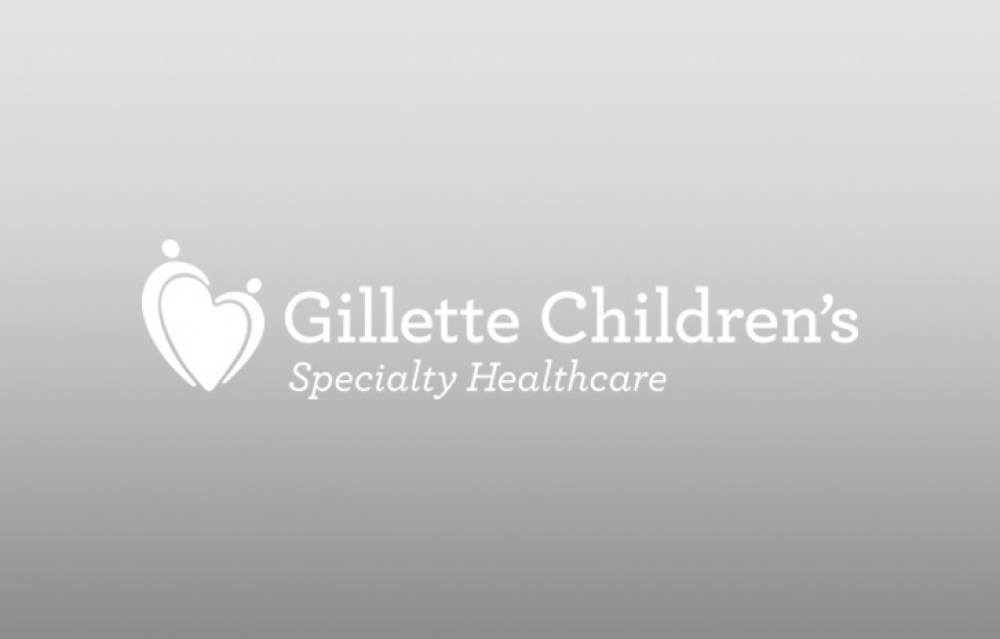-
{care_team_members status="Open|hide from care team page"}
-

{care_team_members:ct_first_name} {care_team_members:ct_last_name}
{care_team_members:ct_full_title}
{/care_team_members}
person:channel_short_name: {person:channel_short_name}
person:
title: {person:title}
-
{links}
{/links}
No category selected to display locations. Locations Dynamic
-
{locations}
- {locations:title} {/locations}
-
{widget}
{widget:widget_content}
- {widget:widget_content:tab_title} {/widget:widget_content} {/widget}

Like most research at Gillette Children’s, the latest meta-analysis published by our spine team focuses on finding the best treatment options for our patients. The team asked, “Is nighttime bracing effective in the treatment of adolescent idiopathic scoliosis (AIS)?”
Scoliosis, or a sideways curve in the spine, often needs to be treated with a brace during childhood and adolescence to prevent the curve from getting bigger. For many patients, especially teenagers, wearing a brace full-time (18-23 hours per day) can be challenging. An alternative method of bracing scoliosis is with a nighttime brace, which is hyper-corrective and is only worn while patients are lying down. By evaluating the effectiveness of nighttime bracing, we can inform clinical practice and offer patients well-researched reasoning behind treatment our recommendations. In this case, the findings suggest that nighttime bracing can be a viable alternative to full-time bracing for some patients.
The multidisciplinary group, led by Walter Truong, MD, and Kristin Smith, CO, included Abdul Fettah Buyuk, MD (former Gillette Orthopedics Fellow), Dan Miller, MD, Kristine Nolin, CPO, Sara Morgan, PhD, and Andrew Snyder, DC. After parsing hundreds of past research articles, the team narrowed the meta-analysis to focus on results from nine studies, pooling 595 participants between them.
The most successful outcomes of nighttime bracing were in patients who had thoracolumbar or lumbar curves and in patients who started wearing a brace when they were Risser stage 1 and 2. Gillette spine providers have always known that nighttime bracing is not appropriate for all scoliosis patients; however, this analysis gives them a better idea of which patients would benefit most from this treatment and gives patients and families the ability to make a more informed decision about their bracing options.
Because of remaining gaps and limitations in the body of evidence, more research needs to be done regarding nonoperative treatment of AIS. The meta-analysis teased out opportunities for further research, especially for patients with different curve types and for patients who are of various ages and stages in their development. Researchers at Gillette are already hard at work finding ways to further direct our care recommendations and hopefully make an impact on patients with AIS. This includes the recent awarding of a competitive grant to Drs. Truong and Morgan from the Pediatric Orthopedic Society of North America to advance our knowledge about this specific type of bracing that may improve bracing tolerance and quality of life while still being effective at halting curve progression.



